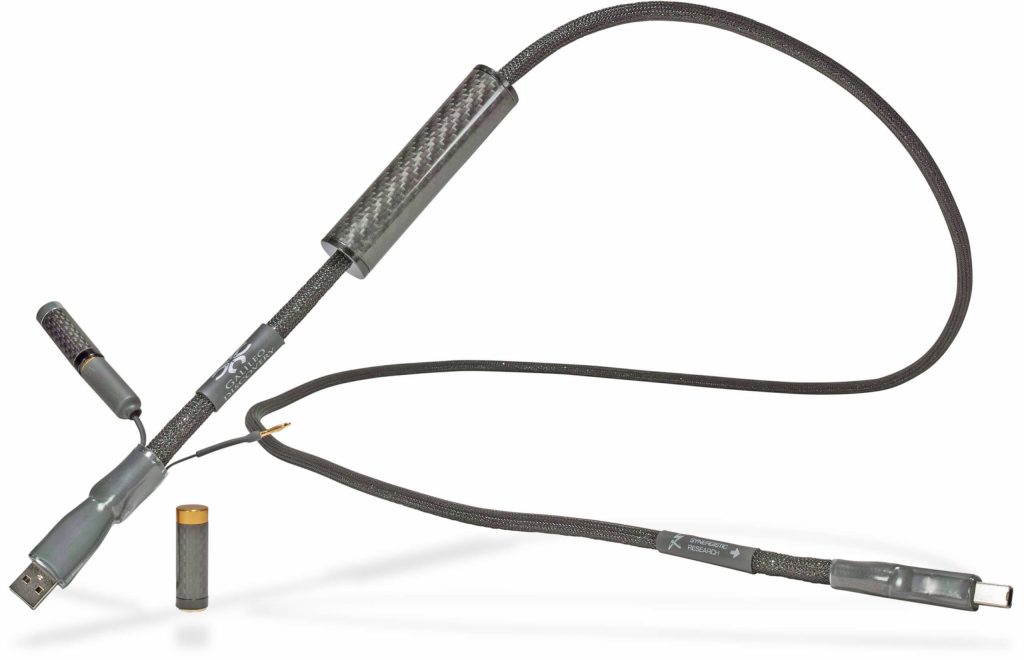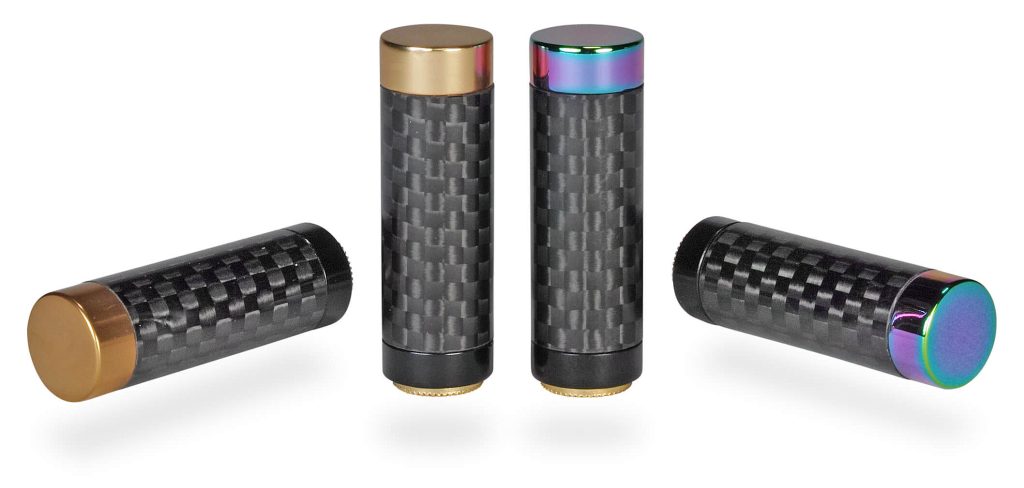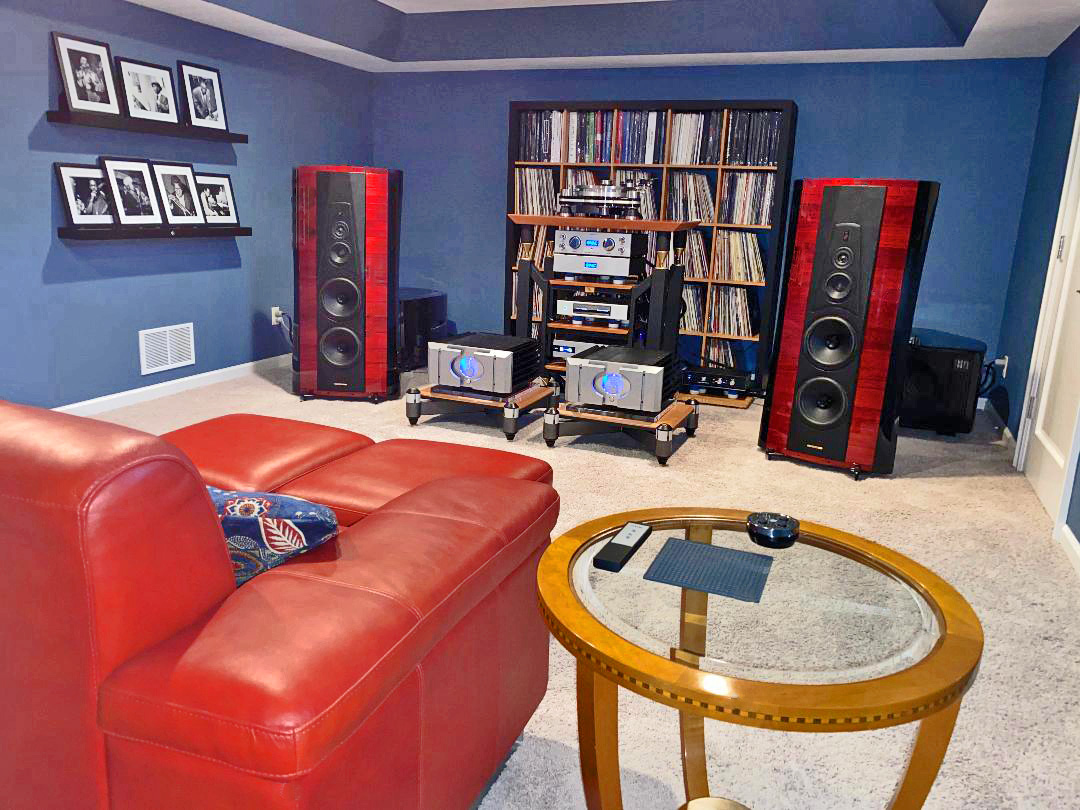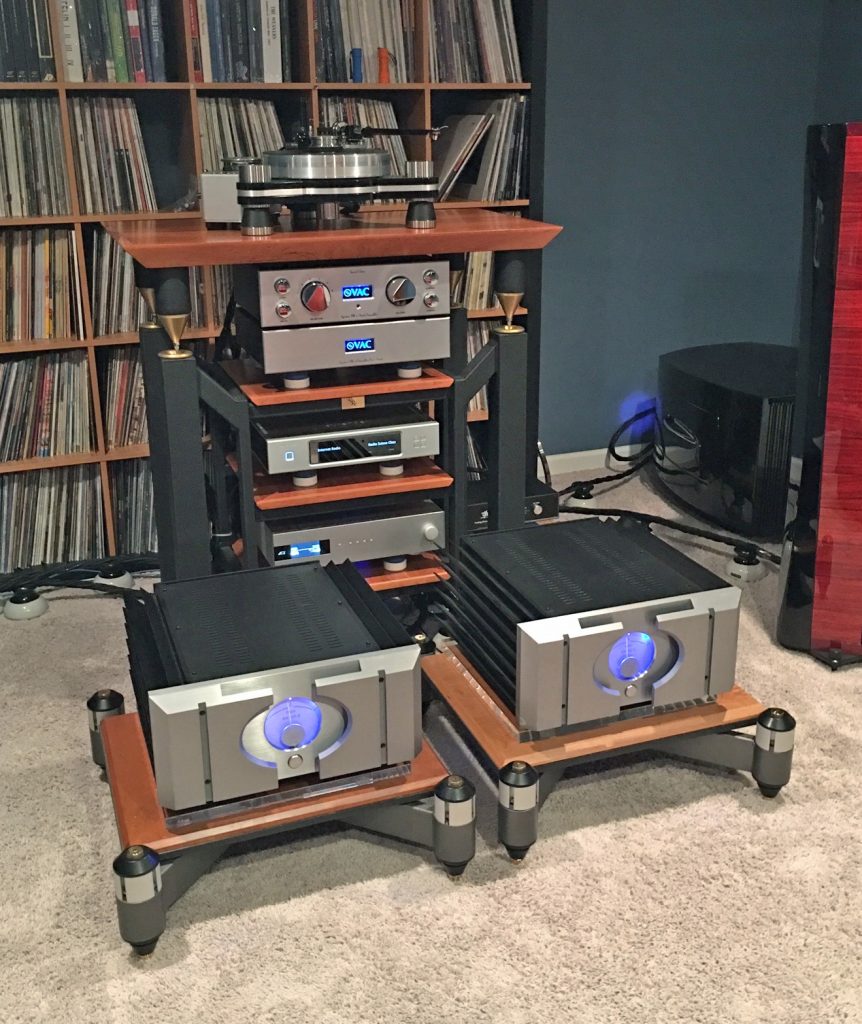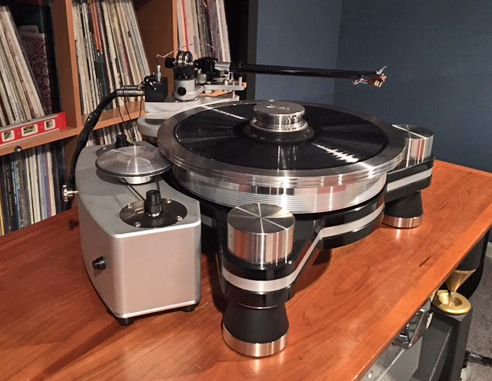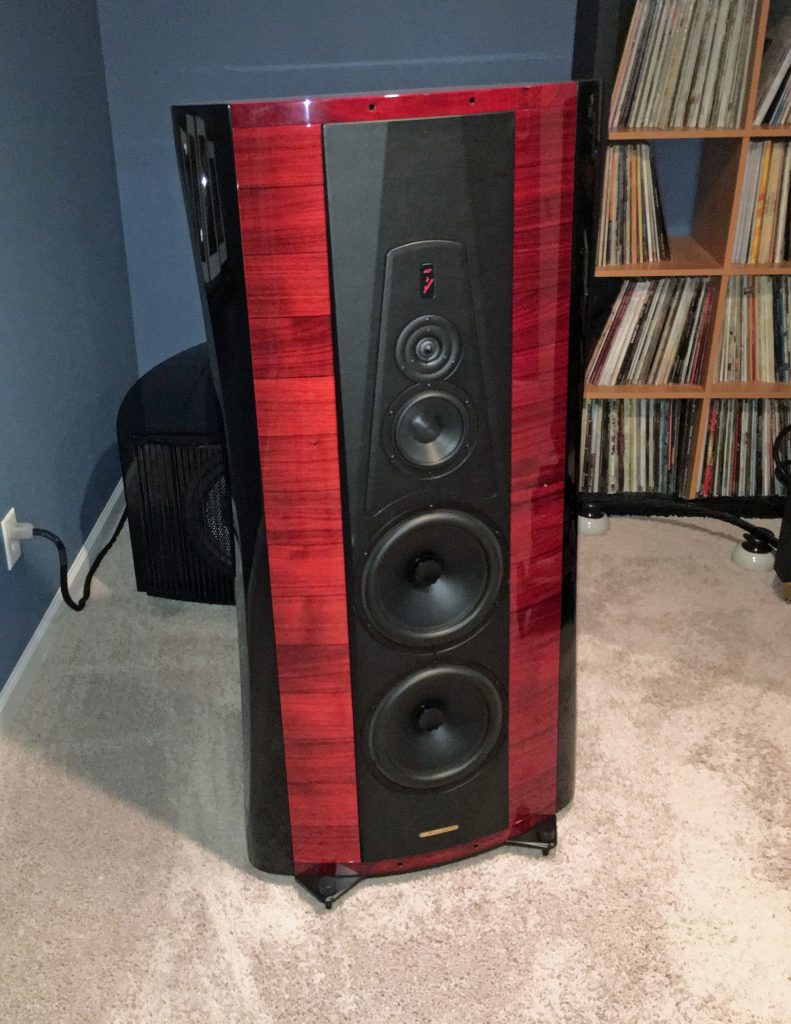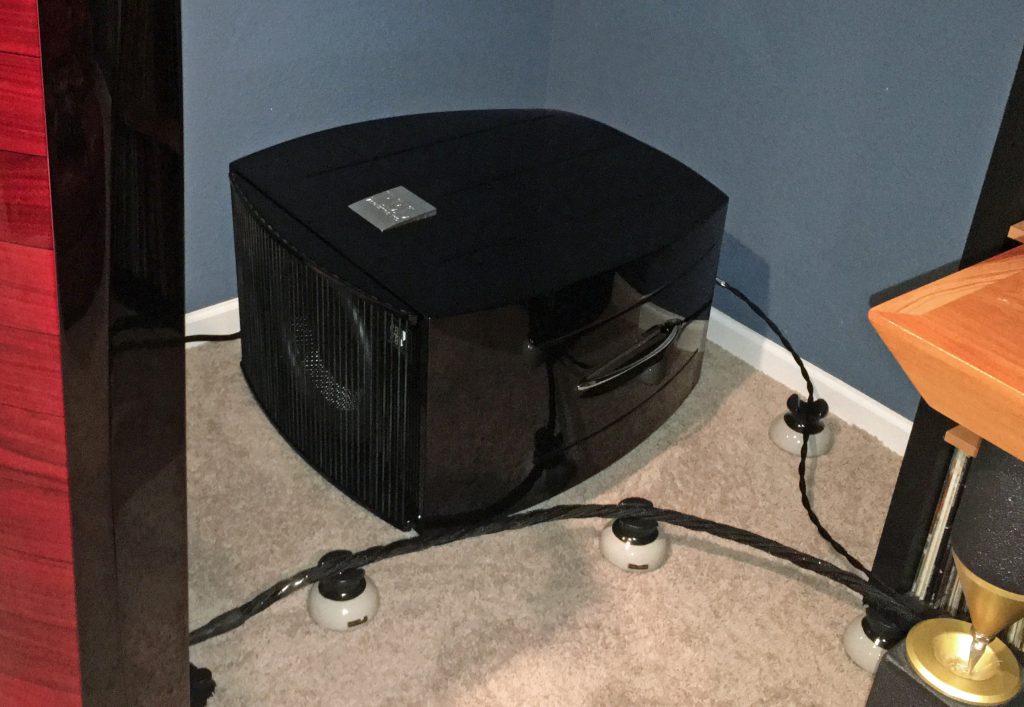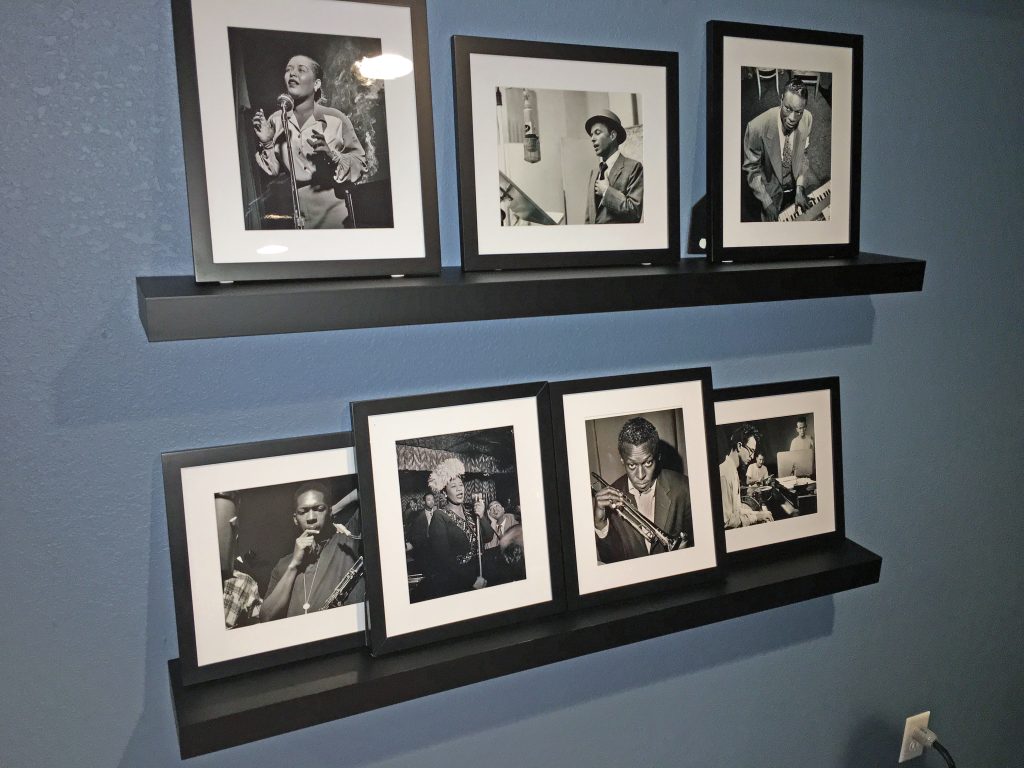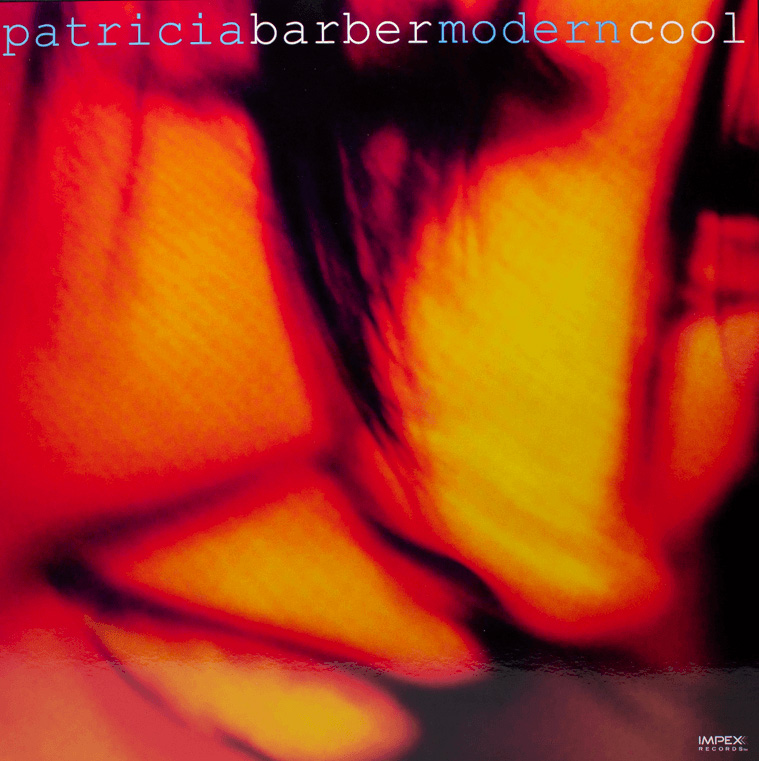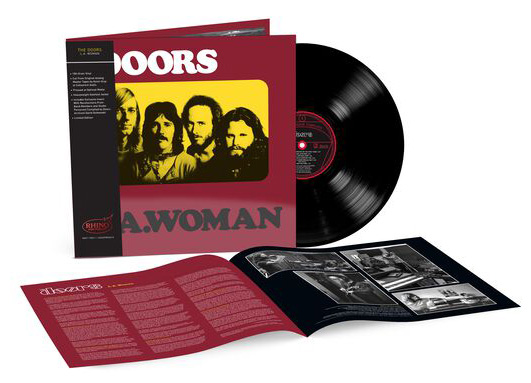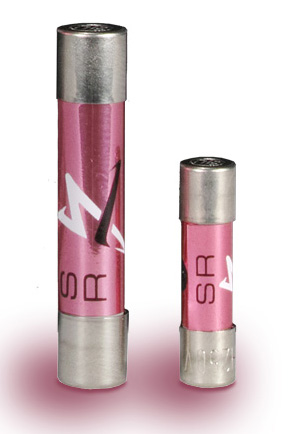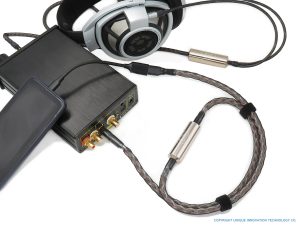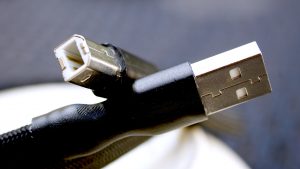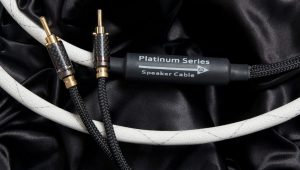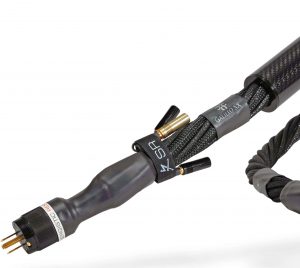I have reviewed several brands of cables over the years, but more often than not, I always seem to come back to the Synergistic Research lineup for its superb sound and performance. When offered the opportunity to review some of their newer flagship digital cables, the timing could not be better. I discussed several options with Andy Weiderspahn, Vice president at Synergistic Research, and we decided on one cable that would satisfy several needs.
In my never ending search for the best in high end Integrated Amplifiers, I am now seeing that some of these creative engineering marvels are also offering an integrated DAC option. Please see the list of my most recent reviews by clicking on my name in red to the right and above. Of course each design and implementation are different, but I am also seeing that the range of digital inputs offered are not as extensive as many standalone DACs. It makes sense, as it is often a challenge to find enough room in these one box solutions to make them truly integrated when so many options are possible.
One benchmark or comparison for this review is my long term experience with the standalone dCS Bartok DAC. As recommended by Aurender for best performance, I have always used an AES/EBU digital cable from my Aurender N-10 music server to the Bartok or any standalone DAC for all streaming and hard drive music files. One common, but not exclusive combination for many of these Integrated Amplifiers, are S/PIDF and USB digital inputs, but not necessarily AES/EBU. Based on this, Andy and I decided that it might be interesting to move forward with a review on the flagship Synergistic Research Galileo Discovery USB digital cable.
Again, the music source will be my Aurender N-10 music server for both streaming and hard drive music files. I will be streaming via Qobuz utilizing an Ethernet connection to the N-10. I will be using the integrated DAC utilized in the D'Agostino Progression Integrated Amplifier. As an additional comparison, I will also use my standalone dCS Bartok DAC (with the 2.0 software).
Caveat Emptor
System synergy and personal taste are critical when evaluating high-end audio products. This review is based on my subjective requirements, my subjective ears, my specific system configuration, and my specific listening room. This combination is only one data point of many that exist out there for these components. Please consider my comments and analysis appropriately.
Review System
I have included a comprehensive list of all my components and a description of my listening room. Please click on my name in red above if this information is needed for reference and comparison purposes.
Design
Galileo Discovery has an extensive history and legacy within the Synergistic Research portfolio. As a fourth generation edition of the Galileo LE, Galileo Discovery is a direct descendent of the 2007 Tesla Series, and also reaches back to the Absolute Reference and Designers' Reference series cables from the 1990s. For these reasons, it is important to understand that Galileo Discovery has over 25 years of continual development and improved performance.
Galileo Discovery USB digital cables utilize a highly refined iteration of it's UEF graphene digital filter through a new UEF compound first developed for SRX cables and Purple Fuses. This new compound eliminates digital noise by interacting with EM fields that ride above its conductors. This graphene shielding now also follows the same matrix grid pattern found in the SRX cables.
In addition, the UEF Ground Plane that is utilized in each cable has been upgraded with a new UEF Purple Fuse technology. The entire cable is now treated to a new Long Duration High Voltage Conditioning Process that was first developed for the SRX cables. Also, the outer shield of the cable can be grounded via an included ground plug that can be attached to an optional Synergistic Research Passive or Active Ground Block. All of these above features are said to provide for a lower noise floor, a more extensive sound stage, and enhanced detail and imaging.
Last but not least, the Galileo Discovery includes Carbon Fibre UEF Tuning Circuits that were first developed for the SRX cables (see the picture below). These Tuning Circuits allow for the flexibility to properly tune your specific components and your specific system configuration. Synergistic Research has a long history of offering these unique types of Tuning Circuits throughout all of the cables in your system, and I have found them extremely effective and beneficial. They are a true differentiator in cable design! Please see the Synergistic Research website for a more detailed description for all of the above features.
For this application, my go to for several years has been my Synergistic Research CTS Element AES/EBU cable. The Element CTS was not the flagship model at the time, but I was more than satisfied when I purchased it. Over the years, I have experimented with various Nordost, Audioquest, MIT, Cardas, and other elite brands for both AES/EBU and USB. All had their strengths and weaknesses. Some might have been incrementally better. However, nothing ever overwhelming persuaded me to switch from the CTS Element.
The Galileo Discovery USB is a different animal. Regardless of the prior recommendation from Aurender for the AES/EBU interface, the Galileo Discovery USB provided an immediate improvement in sound quality for the dCS Bartok. I experimented with both the Silver and Gold Tuning Circuits and both were outstanding. In the end I preferred the Silver for the additional inner detail and speed. Musicality was never a problem with either Tuning Circuit, though the Gold had a wonderful sense of bloom and roundness in the mids. Of course, this is all subjective, so many might just prefer the Gold!
When using the Bartok, there was a definite improvement in sound stage dimensionality and air. On some recordings that I thought I knew well, the listening room just disappeared. Though the height and width of the soundstage were slightly better, it was the depth of the soundstage that really astonished me. Never had I heard so deep into the recording venue. On the most intimate of recordings, you could sometimes almost feel some of the male and female vocalists standing right above you with only the microphone between you and them. On other tracks you could easily sense a more locked in image at the back of the stage between the musicians. Yes, soundstage and imaging were outstanding!
When switching over to the integrated DAC in the D'Agostino Progression, I also experienced remarkable improvements. The only USB cables that I had in house were several generic USB cables that were included with some of the DACs that I have reviewed in the past. When some folks continue to state that "bits are bits" and that cable design does not matter, I am confident that they would change their tune when listening to this comparison. I will focus here on the Dag, but it was also true for the Bartok when using these generic USB cables.
Virtually every critical listening variable improved dramatically and for the better when using the Galileo Discovery USB. It delivered a level of intimacy and immediacy that was very easy to hear. Highs had a natural shimmer and clarity like the real thing. Mids had a sense of timbral purity and liquidity that afforded the truest sense of each instrumental voice. Bass had additional impact and muscularity. Again, sound stage and imaging were much more defined and locked in.
Comparing the performance of the Bartok and the Dag when using the Galileo Discovery USB might be considered inappropriate, as the design and implementation factors are so different for a standalone and an integrated DAC. However, I feel the need to comment anyway as it was quite interesting. It was actually a close call. I was pleasantly surprised by the performance of the Dag. It actually shows you the value that this DAC can provide when used with the very best components (including cable). The Dag had slightly more harmonic structure and tone. The Bartok had slightly more dynamic flair and agility. I could easily live with either combination quite nicely!
Music
Please note that all of the comments below for performance and sound quality were taken from my listening sessions with the Galileo Discovery USB digital cable and the D'Agostino Progression Integrated Amplifier with DAC option.
Avishai Cohen, Flood (CD Rip 44-Bit/16kHz)
This effort by Avishai Cohen is one of my most favorite jazz albums from the last twenty years. Released in 2008 on Ansic Records, you will find this title to be somewhat more eclectic and adventurous than standard Bebop or Hard-bop. I remember hearing this CD at AXPONA 2018 and it continues to have a lasting impression. The first track entitled "First Drops" is a stunner. Via the Galileo Discovery USB, the piano is so much more fundamentally correct and coherent. This can be quite rare when listening to digital. When the trumpet enters about half way through the song, you will be startled. It pops out of a blackness that radiates all the nuance and texture of a real acoustic space. This track is a true test of digital playback and the Galileo Discovery USB easily passes with an A plus!

Jonny Greenwood, Spencer Soundtrack (Qobuz 24-Bit/96kHz)
In my humble opinion, the movie Spencer was one of the more under rated movies of 2021. I found the music to be both elegant and highly graceful throughout, with tremendous waves of beauty and emotion sweeping through the score. Jonny Greenwood of Radiohead fame, delivers another unique masterpiece that includes a combination of both baroque and free jazz elements. On the track entitled "Ancient and Modern," we get a little of both with trumpet, violin, and harpsichord taking the lead. With the Galileo Discovery in place, the violin is now exquisitely revealed with the proper sheen and immediacy of only the very best recordings. The music gathers steam and swirls up and down like a very slow roller coaster ride. So much air! So much urgency and flow! Congrats to both Jonny Greenwood and the Galileo Discovery!

Beatles, White Album (Qobuz 24-Bit/96kHz)
As the story goes, the track "Dear Prudence" is based on a real event that occurred in India when the Beatles were visiting Maharishi Mahesh Yogi in 1968. Amongst the many celebrities in attendance, Mia Farrow's sister, Prudence Farrow, decided to meditate in seclusion and would not join the others. John Lennon and George Harrison attempted to coax her out and to join the larger group, but she refused. Lennon was then inspired to write this song. Say what you will about this 2018 remix of the White Album, but again with the Galileo Discovery in place, "Dear Prudence" positively shines with additional energy at all frequencies—especially when Paul kicks in on bass. The low end is now deep, powerful and textured. No mud like in past digital reissues. The window is wiped clean with the Galileo Discovery and the song is so much more powerful and exciting!
Final Thoughts
Synergistic Research has provided another outstanding offering in their portfolio. The flagship Galileo Discovery USB digital cable is a clear step up for both technical execution and musical satisfaction. At a MSRP of $3395, the Galileo Discovery USB is not inexpensive, but when compared to the myriad of $10,000 and above flagship cables now out in the marketplace, it should be a strong consideration for many audiophile budgets. Highly recommended for those seeking world class digital performance.
Galileo Discovery USB Digital Cable
Retail: $3395
Synergistic Research Inc.
1736 E. Borchard Ave.
Santa Ana, CA 92705
949.476.0000





